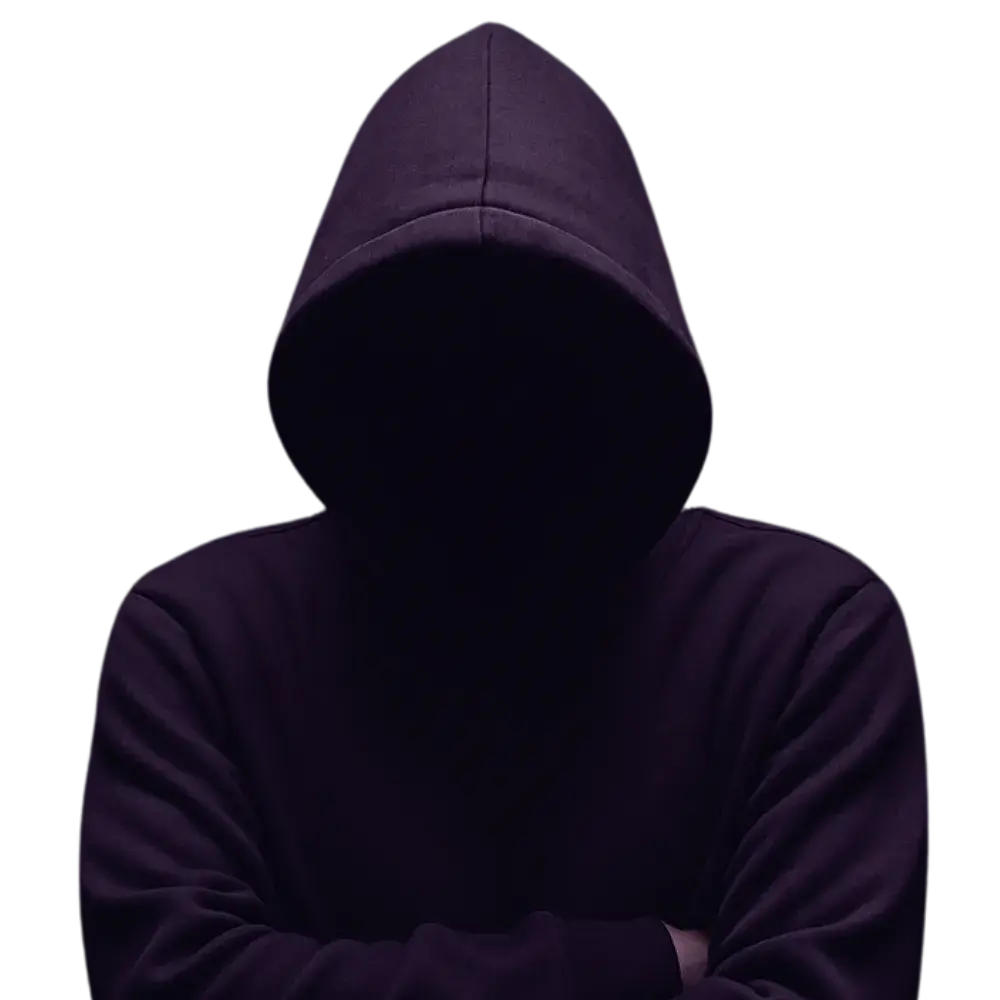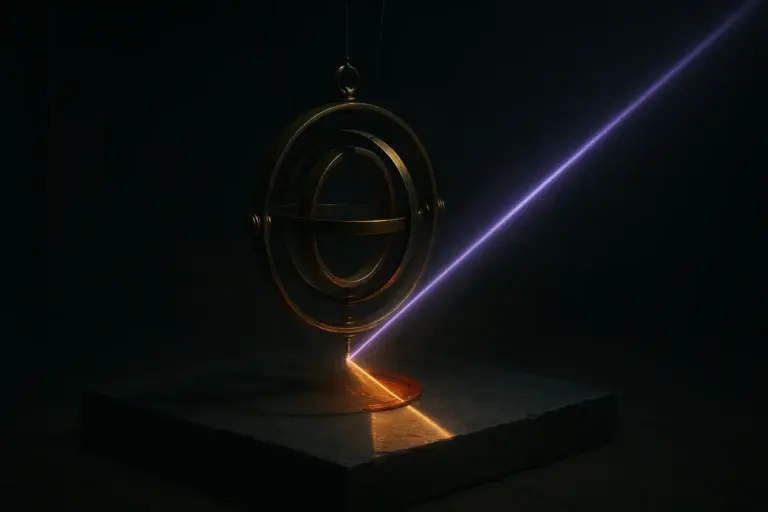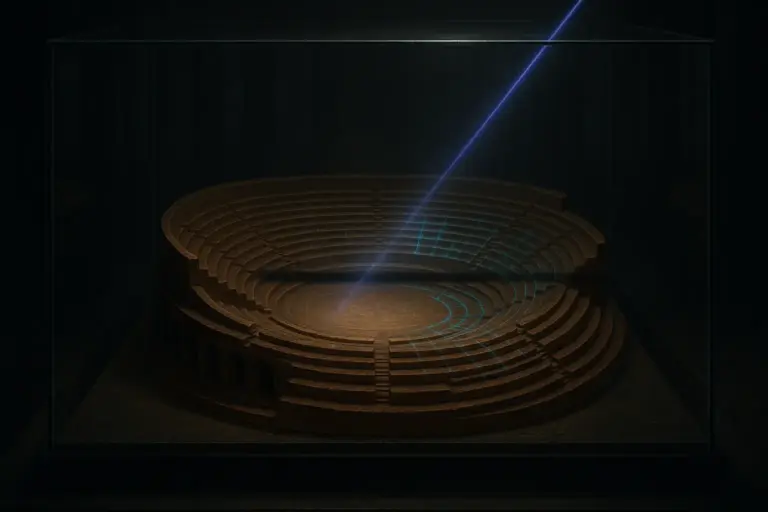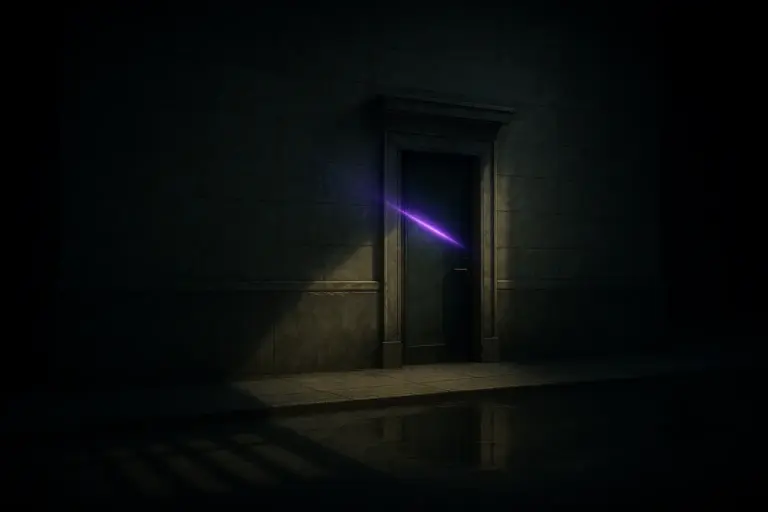Freemasons Secrets: A Historical Analysis of a Secret Society’s Influence
Public archives hold charters and bylaws, where the trail for freemasons secrets cools into documented ritual privacy, not hidden governance.
The lodge charter lies under frosted glass, its ink browned like old smoke and the wax seal still faintly perfumed. The contradiction lands quietly: a fraternity that marches in parades and publishes yearbooks, yet whispers persist about freemasons secrets as if the minutes are written in cipher. The archival trail shows otherwise—constitutions, bylaws, and officer rolls—while certain words are left out, replaced by ellipses and initials. The page is not blank. It is selective.
- What the Video Adds (Quick Summary)
- 1717 London Grand Lodge formation established centralized public records and three-degree structure
- U.S. lodges functioned as civic rooms with documented White House connections but no command authority
- Anti-Masonic Party backlash in 1830s demonstrates political contention without confirming conspiracy claims
- Freemasons secrets reduce to ritual privacy and recognition modes rather than hidden governance mechanisms
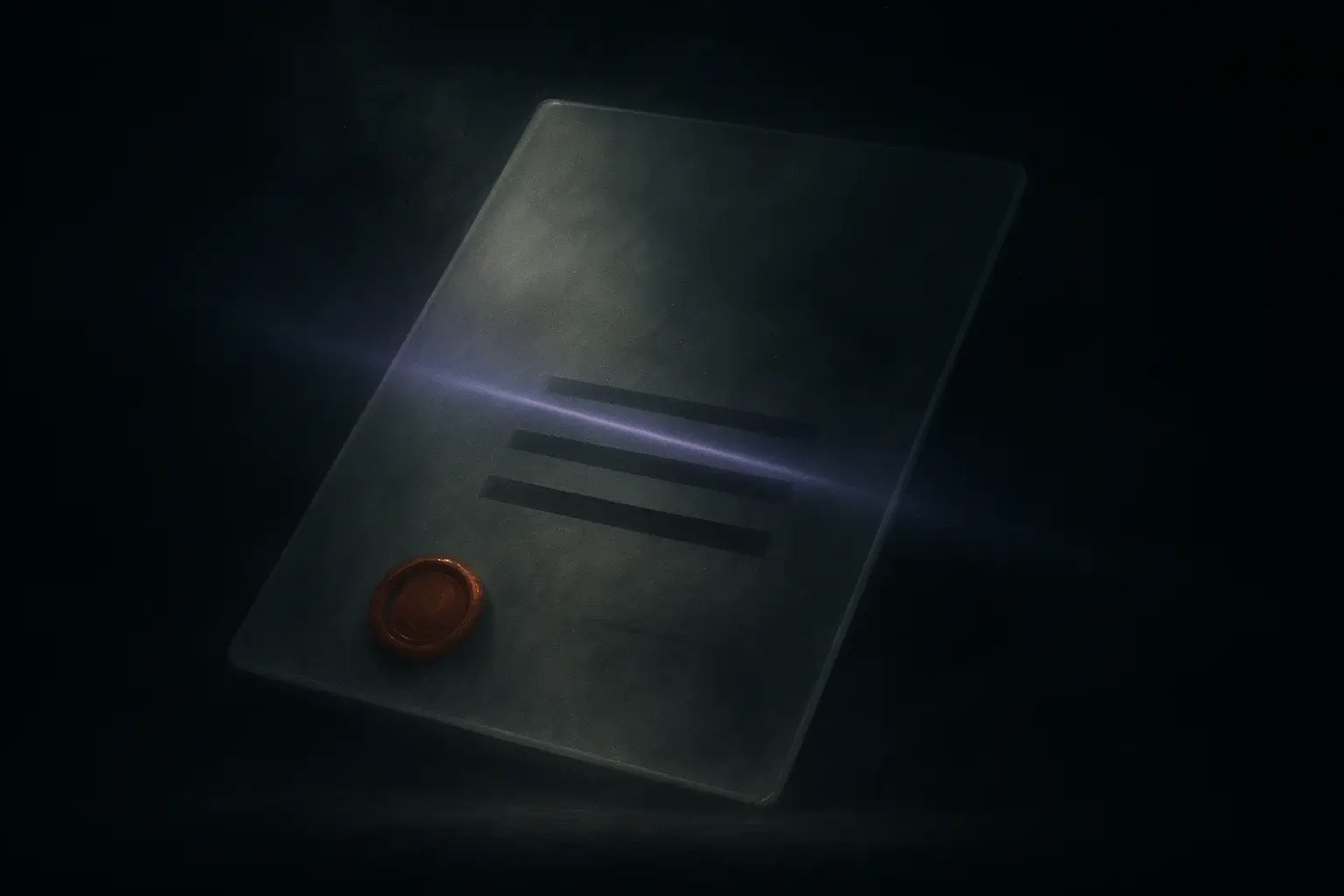
From guild chisels to Grand Lodge the Freemasonry origins shift
Records place the decisive turn in early eighteenth-century London, when four lodges formed a Grand Lodge and began keeping centralized rules and minutes. The craft moved from building cathedrals to building a moral architecture—admitting speculative members who worked in ideas rather than stone. This is the first rupture: the secrecy most expect to cloak hidden governance is, in the official narrative, designed to protect ritual privacy and recognition, not policy. The working tools became symbols; the oaths became obligations of conduct; the lodge charter replaced the builder’s contract (Source: United Grand Lodge of England, 2017-01-01, History of Freemasonry). In daylight, the fraternity is administrative. In dusk, it is ceremonial.
Surviving minute books and constitutions mark a pattern we can audit—dates, officers, consolidations—yet they leave the ritual language outside the margins. The boundary between public governance and private symbolism is deliberate, documented, and bounded by files on closed circles themselves.
Verified encounters of Masonic influence near the White House
In the United States, the lodge stepped into civic squares without hiding. Cornerstones were laid with aprons and trowels. Several presidents and federal officials were members at different times, and ceremonies intertwined with public architecture. Official histories note participation, artifacts, and correspondence preserved in institutional collections (Source: White House Historical Association, 2022-12-01, Freemasonry and the White House). What the record shows is access and social capital—networks that map onto power—but not a central command hall.
This is how the narrative settles after the static: public ritual and private fellowship coexisted with governance, producing visibility and suspicion at once. The phrase freemasons secrets traveled further than the evidence, while the evidence quietly lists dates, officers, and events. Follow the paper trail of power to trace similar patterns.
“The ledger lists every name but erases the passwords.”
Anti-Masonic Party and church opposition the denial archive
Backlash is part of the file. After the 1820s disappearance of William Morgan in New York, suspicion scaled into America’s first third party, which ran candidates and printed exposures. The movement did not uncover a shadow government; it mobilized voters against perceived undue influence, lodge oaths, and closed proceedings (Source: Syracuse University Maxwell, 2022-11-09, America’s First Third Party). The episode demonstrates how secrecy—however bounded—can become combustible in an anxious republic.
Another institutional counterweight arrived from Rome. Papal condemnations from the eighteenth century onward labeled Masonic oaths incompatible with church authority (Source: Catholic Encyclopedia New Advent, 2023-01-01, Masonry). The language is sweeping and categorical, framed as a protection of doctrine and discipline. Together, political and ecclesiastical reactions construct a paper trail of resistance that is as verifiable as the lodge minutes themselves.
What remains secret in lodge rituals versus what is public
The public file is thick: charters, annual reports, philanthropic ledgers, and ceremonial appearances. The private file is narrow but guarded—obligations, recognition signs, ballot procedures, internal discipline, and tiled meetings closed to nonmembers. Ritual scripts have been exposed and reprinted for centuries, yet lodges still reserve formal words and grips to preserve continuity (Source: Britannica, 2025-09-24, Freemasonry overview). Secrecy here functions less as a conspiracy instrument and more as a boundary of identity.
Limits remain. Membership rolls may be partial; internal investigations rarely surface. What we can say from documents is that coordination is decentralized, jurisdictional, and rule-bound. What we cannot claim is a verified, global command structure. Between those poles sits the signal most misread: freemasons secrets are narrowly defined, while the organization’s civic footprint is largely legible.
“One file was missing—the one that mattered.”
Sources unsealed on Freemasonry records and political echoes
Foundational chronology and structure are detailed by the oldest governing body in London, documenting the move from operative to speculative practice and the rise of centralized constitutions (Source: United Grand Lodge of England, 2017-01-01, History of Freemasonry).
Documented intersections with American political life include presidential membership, cornerstone ceremonies, and artifacts linked to the executive residence and its builders (Source: White House Historical Association, 2022-12-01, Freemasonry and the White House).
Academic context frames the Anti-Masonic Party as the first durable third party in the United States, born from controversy over secrecy and influence rather than proof of centralized control (Source: Syracuse University Maxwell, 2022-11-09, America’s First Third Party).
Encyclopedic synthesis corroborates origins around 1717, outlines degrees and organizational forms, and notes the persistence of exposures alongside continued rituals (Source: Britannica, 2025-09-24, Freemasonry overview).
Institutional opposition from the Catholic Church spans centuries, citing doctrinal conflicts with Masonic oaths and assemblies in repeated declarations (Source: Catholic Encyclopedia New Advent, 2023-01-01, Masonry).
Final transmission Freemasonry signal closes
A tracing board leans in a glass case, chalk lines pale as moonlight and the compass teeth catching a last glint. The paper trail points to a fraternity whose privacy guards its rituals while the civic footprint sits in open air—mapped across stones, charters, and parades. Examine what the lodge records show, continue the file at Home, scan the wider pattern in Real Conspiracies, and enter the dossier of Secret Societies. Signal ends—context remains.
What are Freemasonry origins and freemasons secrets that are documented
Origins trace to early eighteenth-century London when lodges formed a Grand Lodge and standardized degrees. Most documented materials are charters, constitutions, and proceedings, while private elements are recognition signs and obligations. Source: United Grand Lodge of England, 2017-01-01, ugle.org.uk/discover-freemasonry/history-freemasonry
Did Masonic influence shape United States politics in a verifiable way
Records show individual members in high office and public ceremonies like cornerstone layings, which demonstrate visibility and networks rather than centralized control. Institutional histories document artifacts and participation without evidence of a secret command. Source: White House Historical Association, 2022-12-01, whitehousehistory.org/freemasonry-and-the-white-house
What remains uncertain about secret society rituals and oversight
Internal disciplinary actions and complete membership rolls are not always public, and ritual wording varies by jurisdiction. Evidence supports decentralized structures, so claims of unified global control exceed available records. Source: Britannica, 2025-09-24, britannica.com/topic/Freemasonry
They Don’t Want You to Know This
Join the society of the curious. Get early access to leaked findings, hidden knowledge, and suppressed discoveries — straight to your inbox, before they vanish.
